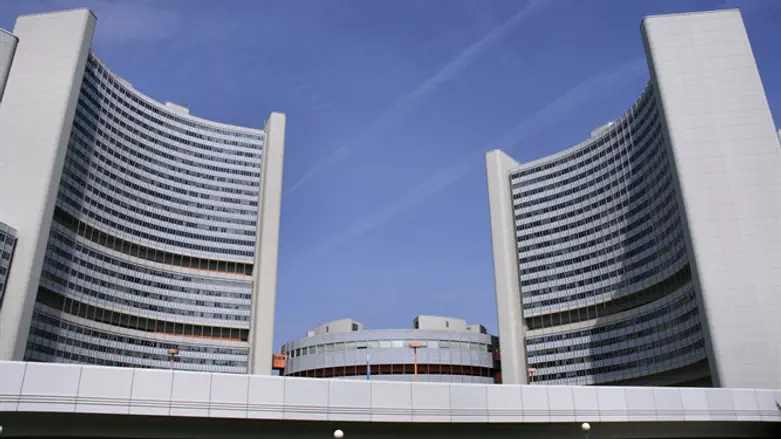
Iran has reduced the number of centrifuges enriching uranium to up to 60% purity at an above-ground plant at Natanz to one cluster from two, a report by the International Atomic Energy Agency (IAEA) seen by Reuters indicated on Thursday.
"On 21 April 2021, the Agency verified that Iran had changed the mode by which it was producing UF6 enriched up to 60% U-235 at PFEP," the report said, referring to the above-ground Pilot Fuel Enrichment Plant at Natanz and to uranium hexafluoride, the form in which uranium is fed into centrifuges for enrichment.
Iran was now using one cascade, or cluster, of IR-6 centrifuges to enrich to up to 60% and feeding the tails, or depleted uranium, from that process into a cascade of IR-4 machines to enrich to up to 20%, the IAEA report said. The IR-4 cascade was previously being used to enrich to up to 60%.
The IAEA did not say why Iran had made the change or say how many centrifuges are in each cascade. A previous report in February said there were 119 centrifuges in the IR-4 cascade and 133 in the IR-6 one.
Iran has gradually scaled back its compliance with the 2015 deal in response to former US President Donald Trump’s withdrawal from the agreement in May of 2018.
It has continued to do so even as current US President Joe Biden has indicated a desire to return to the deal.
Iranian negotiator Abbas Araghchi announced recently that Iran would begin enriching uranium to 60% purity, its highest level to date in response to the blackout and explosion which occurred at the Natanz nuclear facility over the weekend.
The move would shorten Iran's breakout time to being able to construct a nuclear weapon.
The IAEA report follows talks aimed at returning the United States to the 2015 deal. Diplomats from Britain, China, France, Germany, Iran and Russia have been meeting since early this month in a luxury Vienna hotel, while US diplomats are participating indirectly in the talks from a nearby hotel.
The US and European Union both said on Tuesday that more work was needed to revive the 2015 deal, while Iranian President Hassan Rouhani said the "negotiations have achieved 60-70 percent progress."
On Wednesday, a senior State Department official told reporters that the US provided Iran with an outline of the sanctions it is prepared to remove as part of a mutual return to full compliance with the 2015 nuclear deal.
The State Department official said the US made clear to Iran it will not agree to remove all sanctions before Iran takes any action at all.
“We have more clarity about what the US needs to do to go back to full compliance with the JCPOA and Iran knows better what it needs to do to go back to full compliance," the official said.
